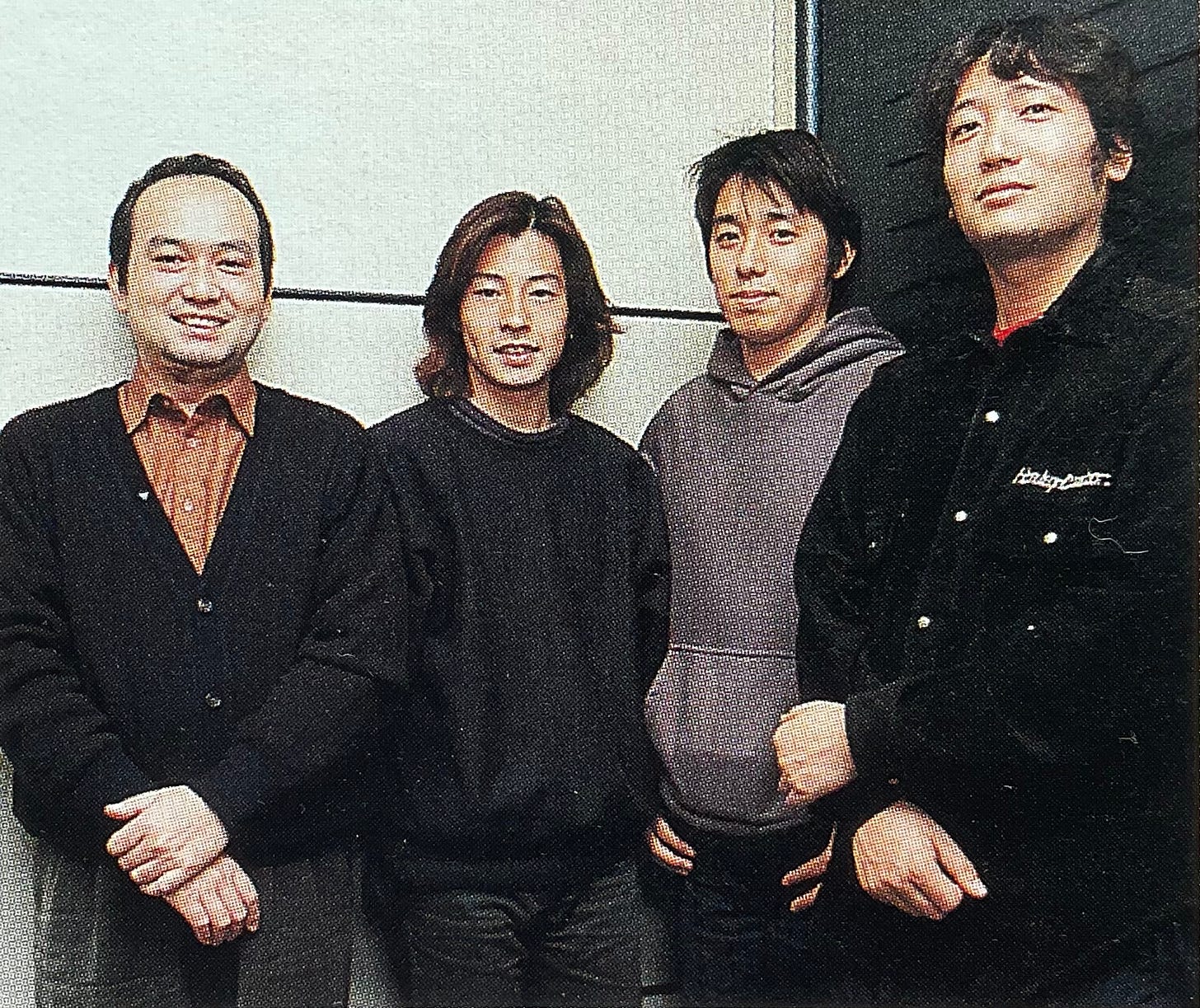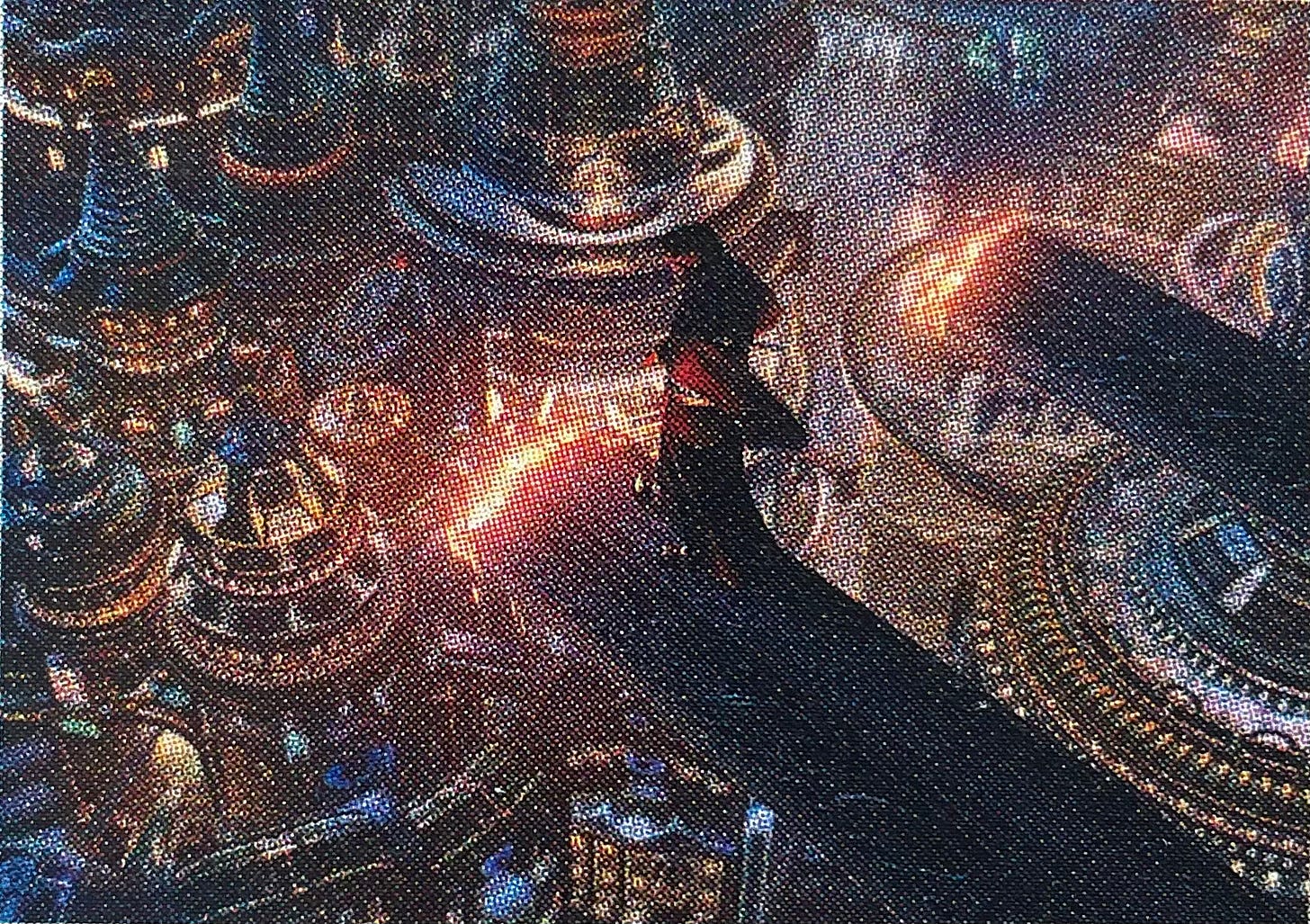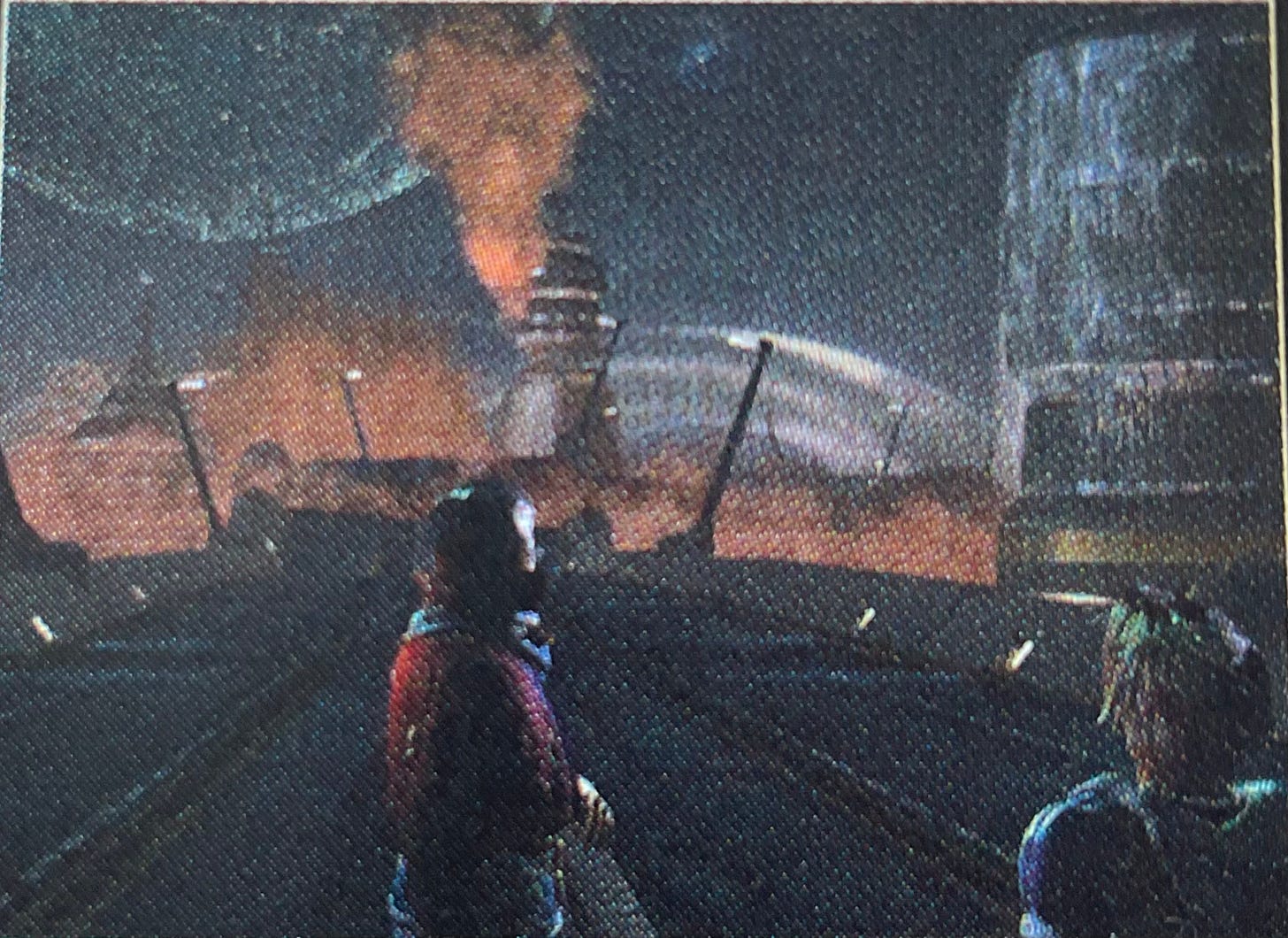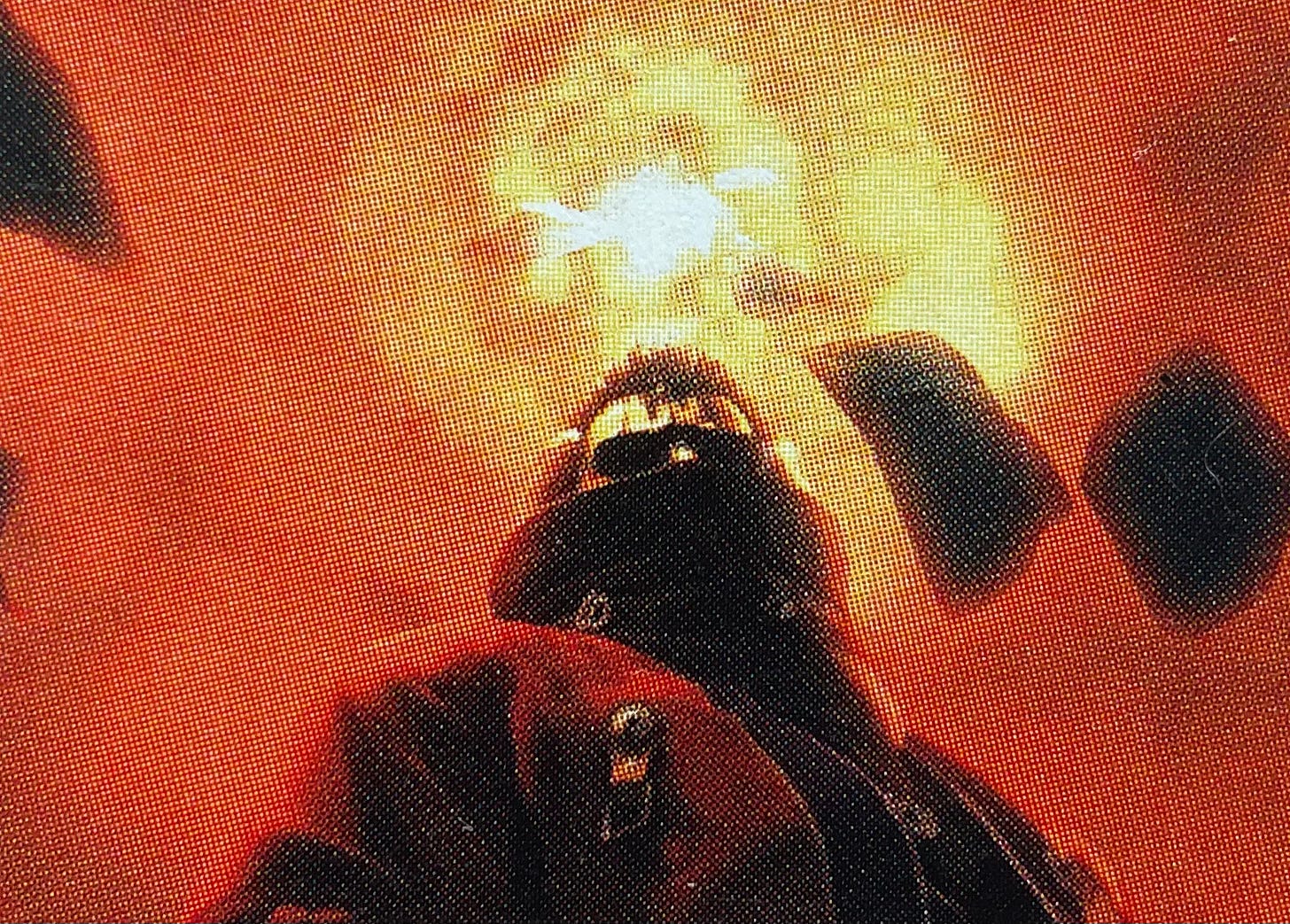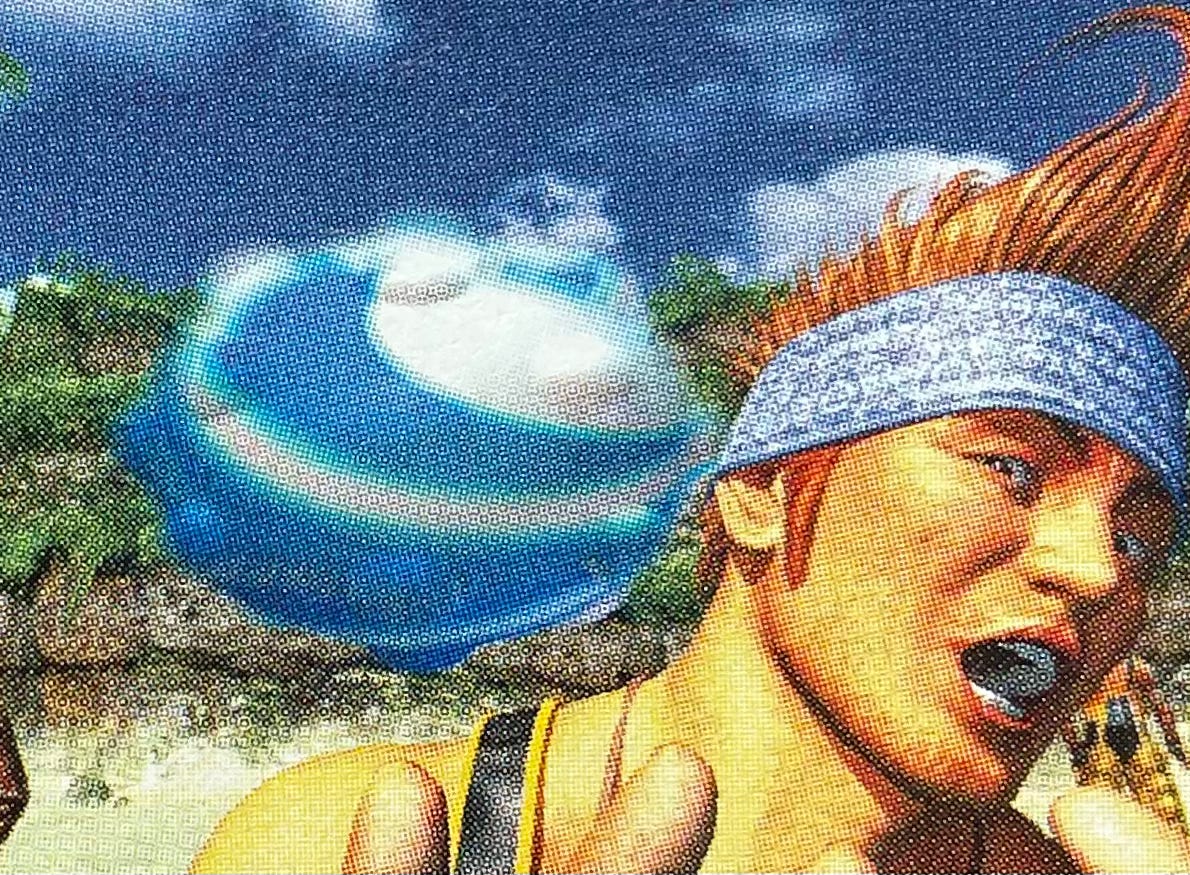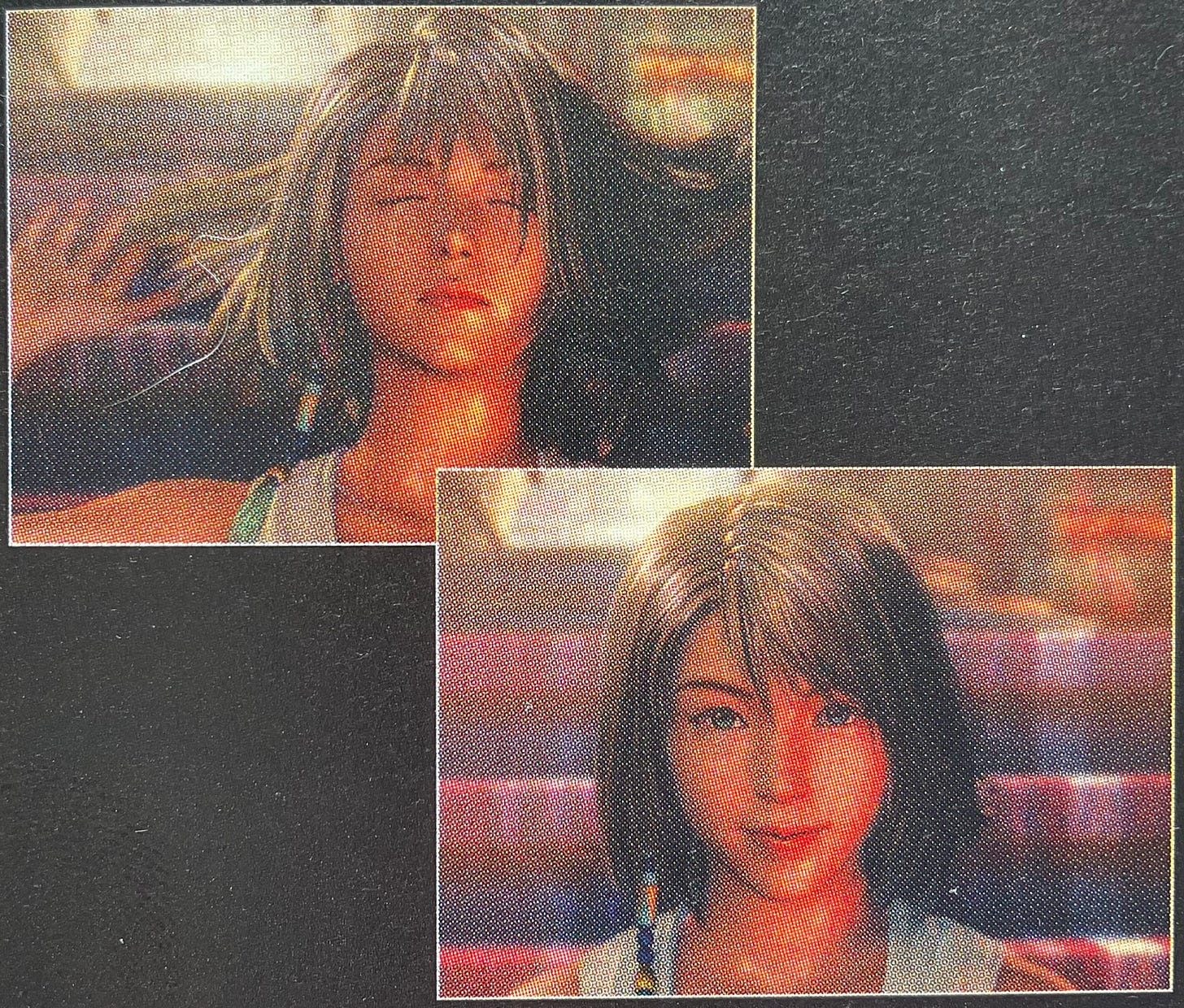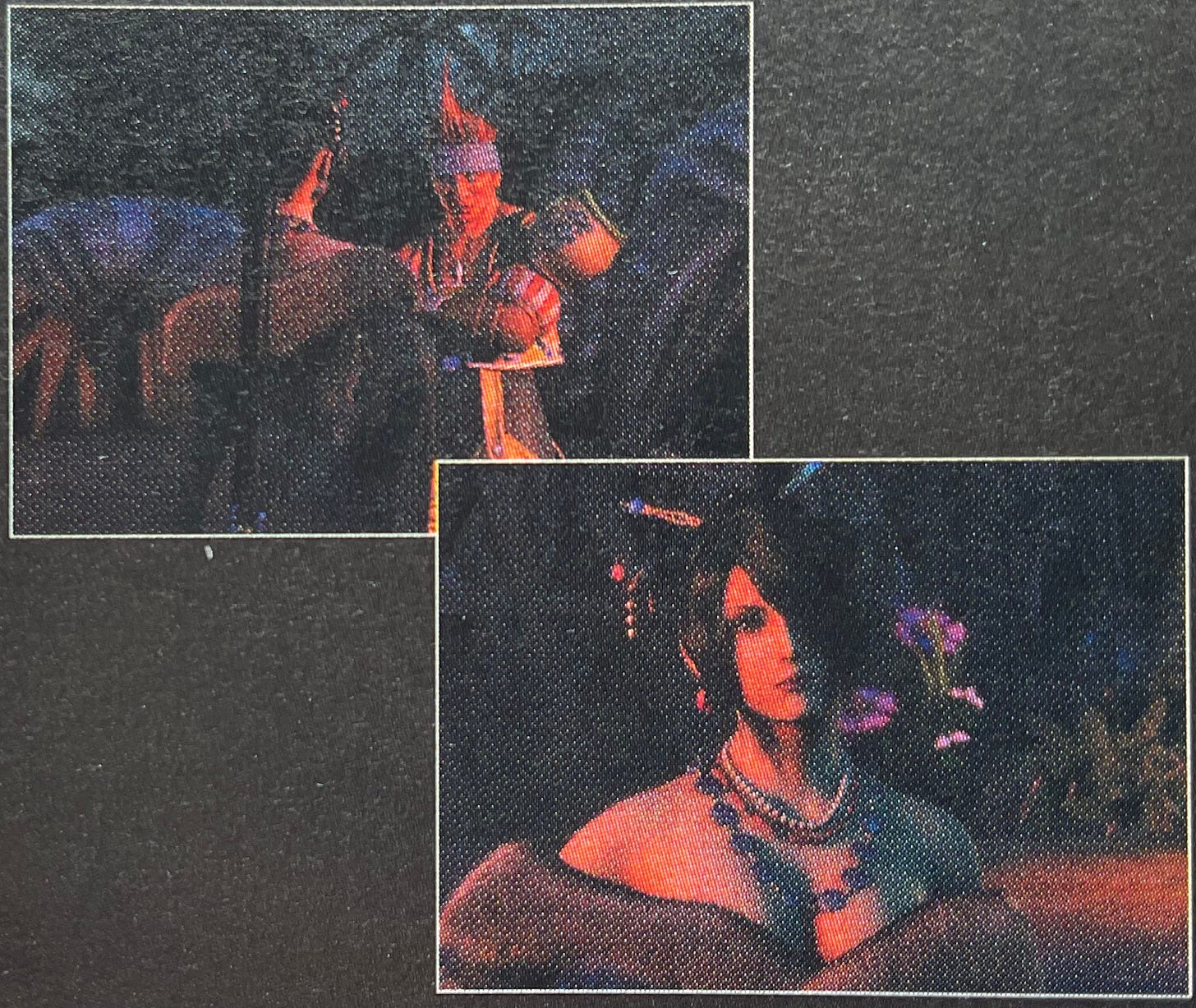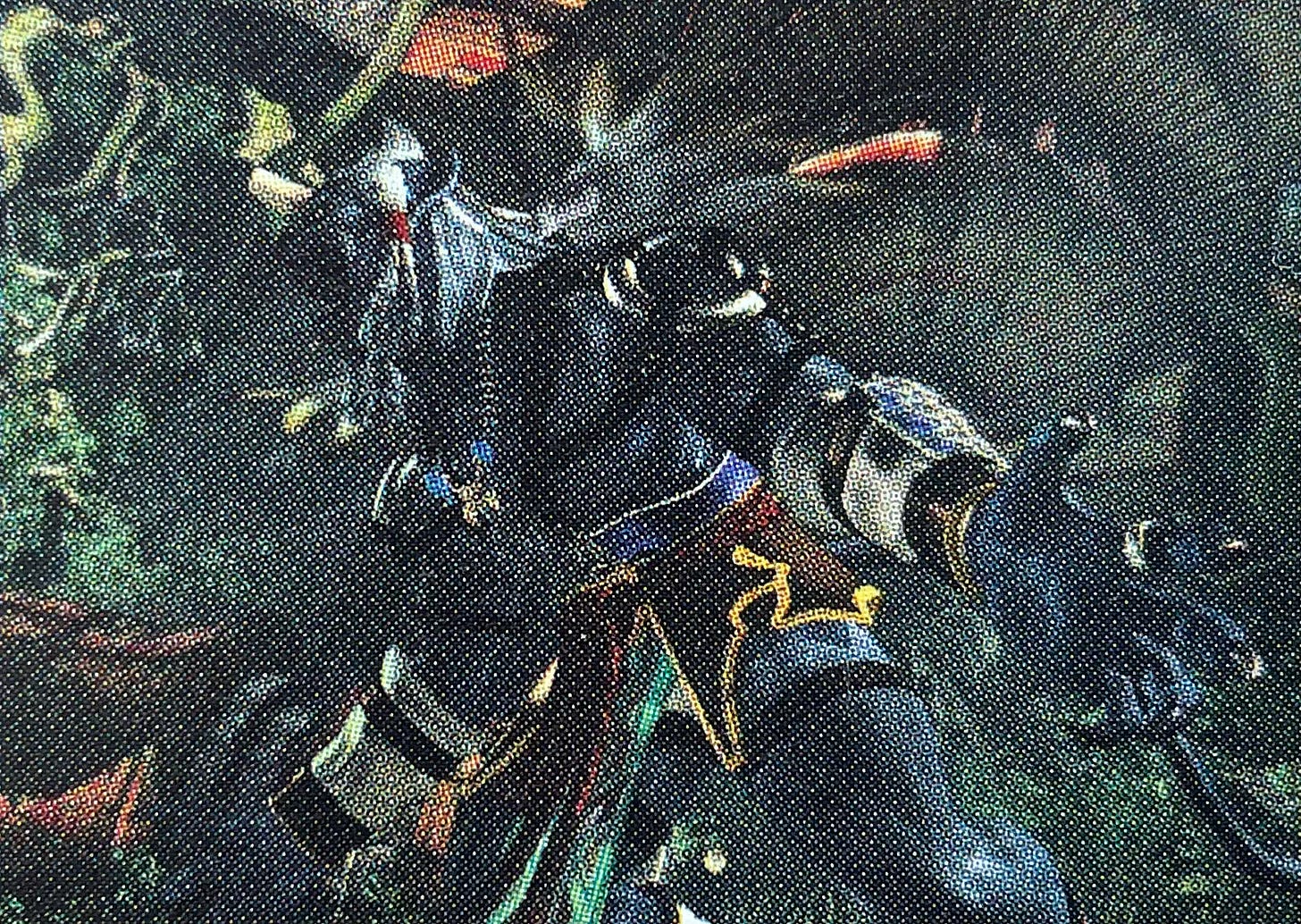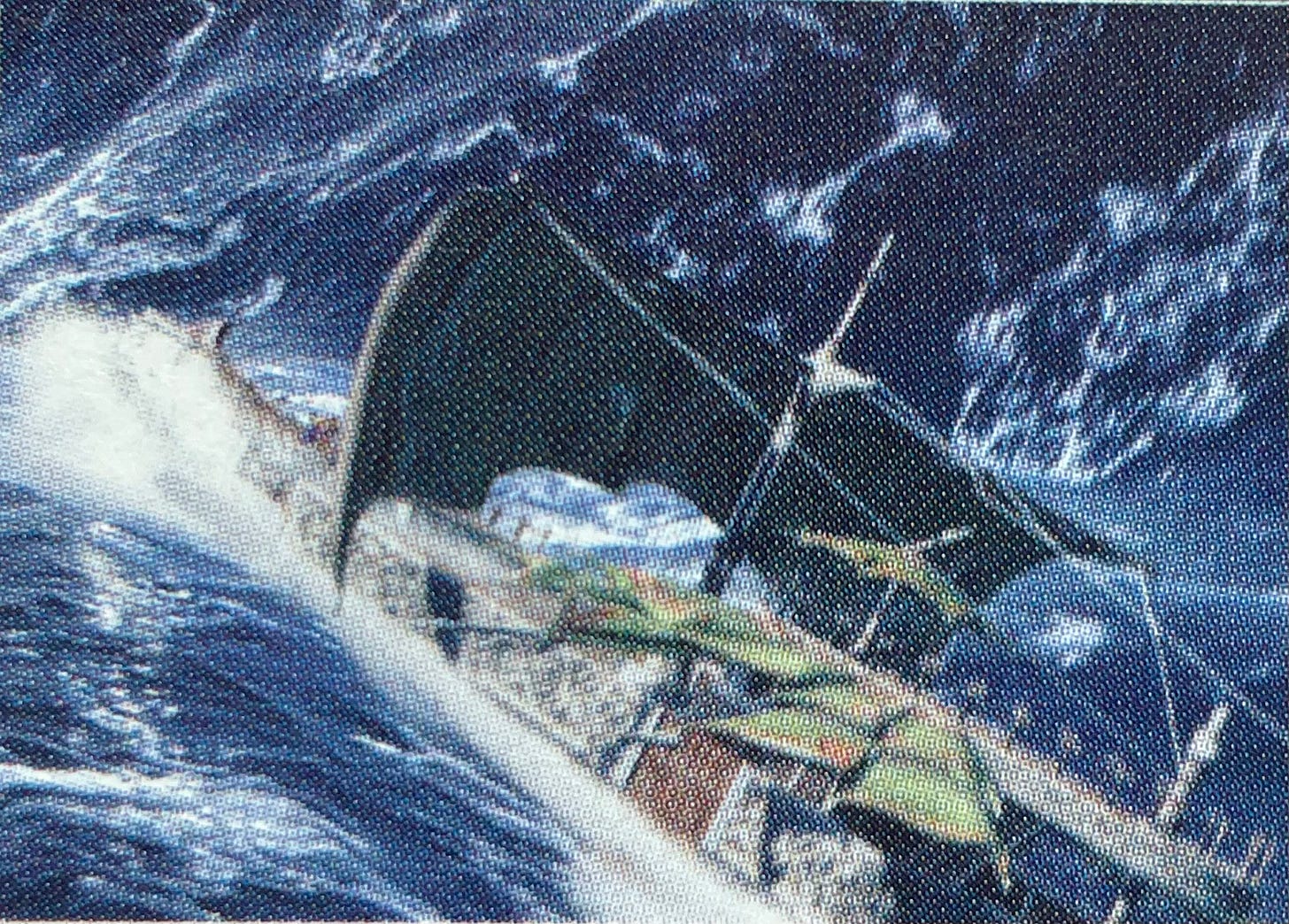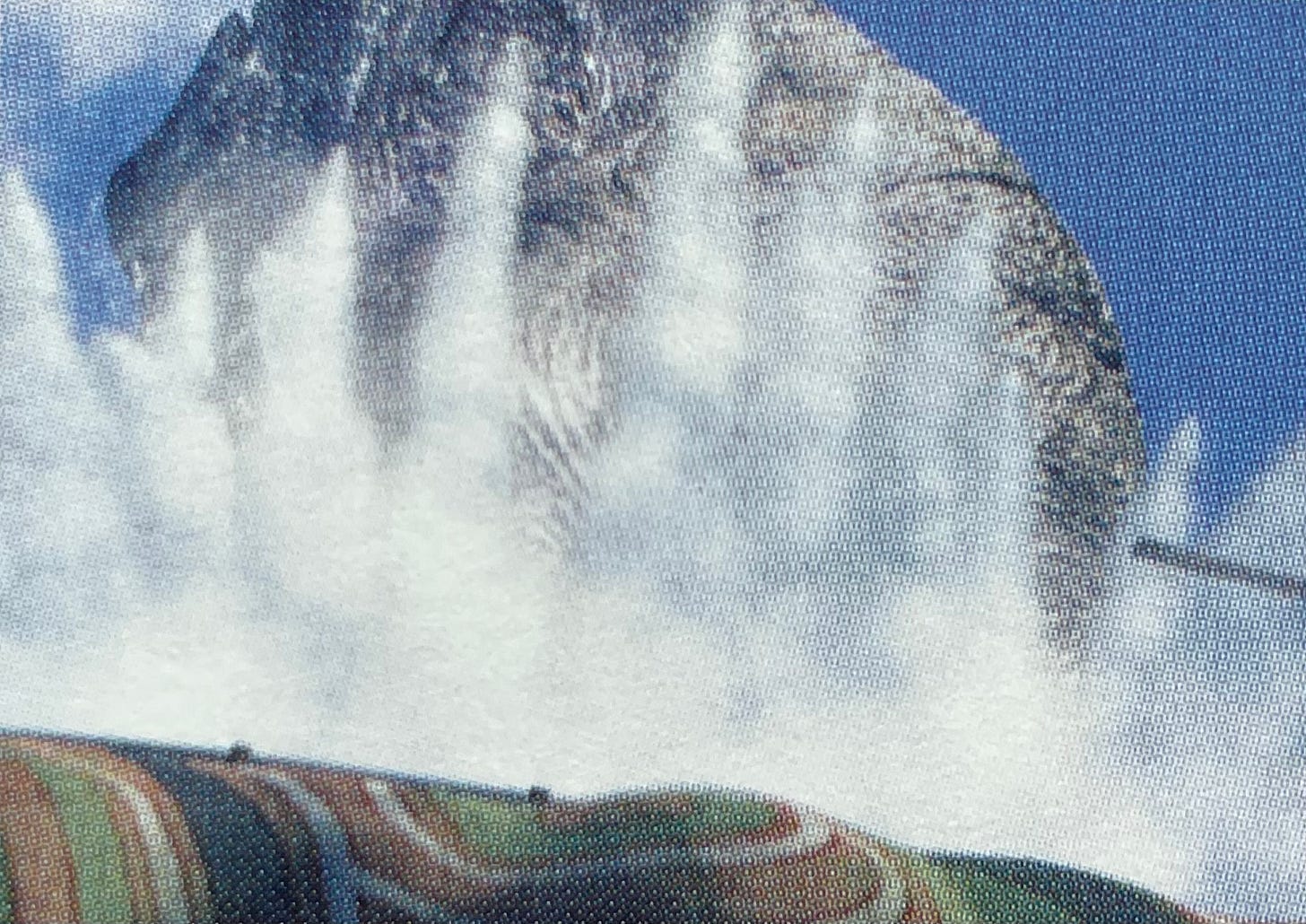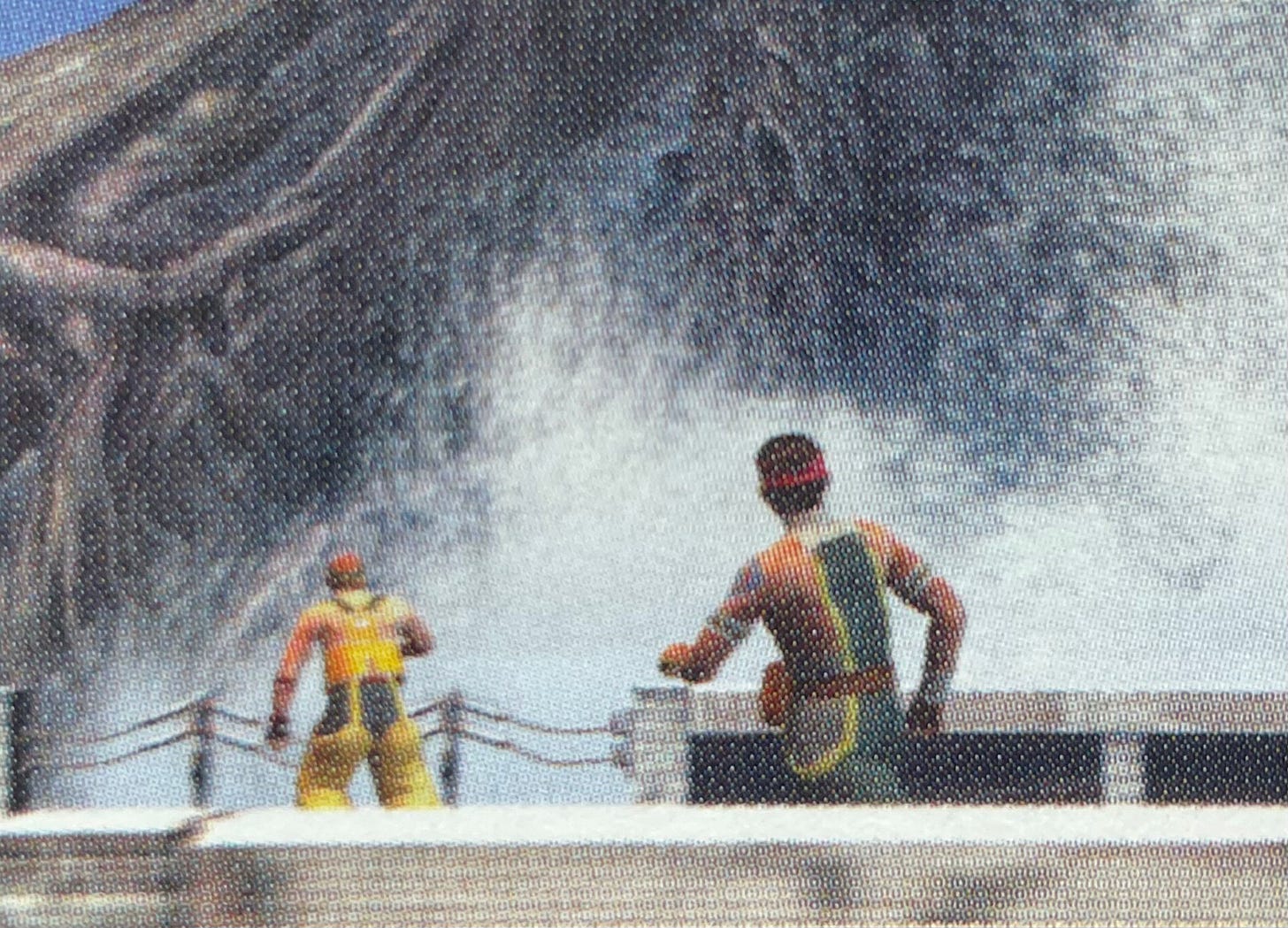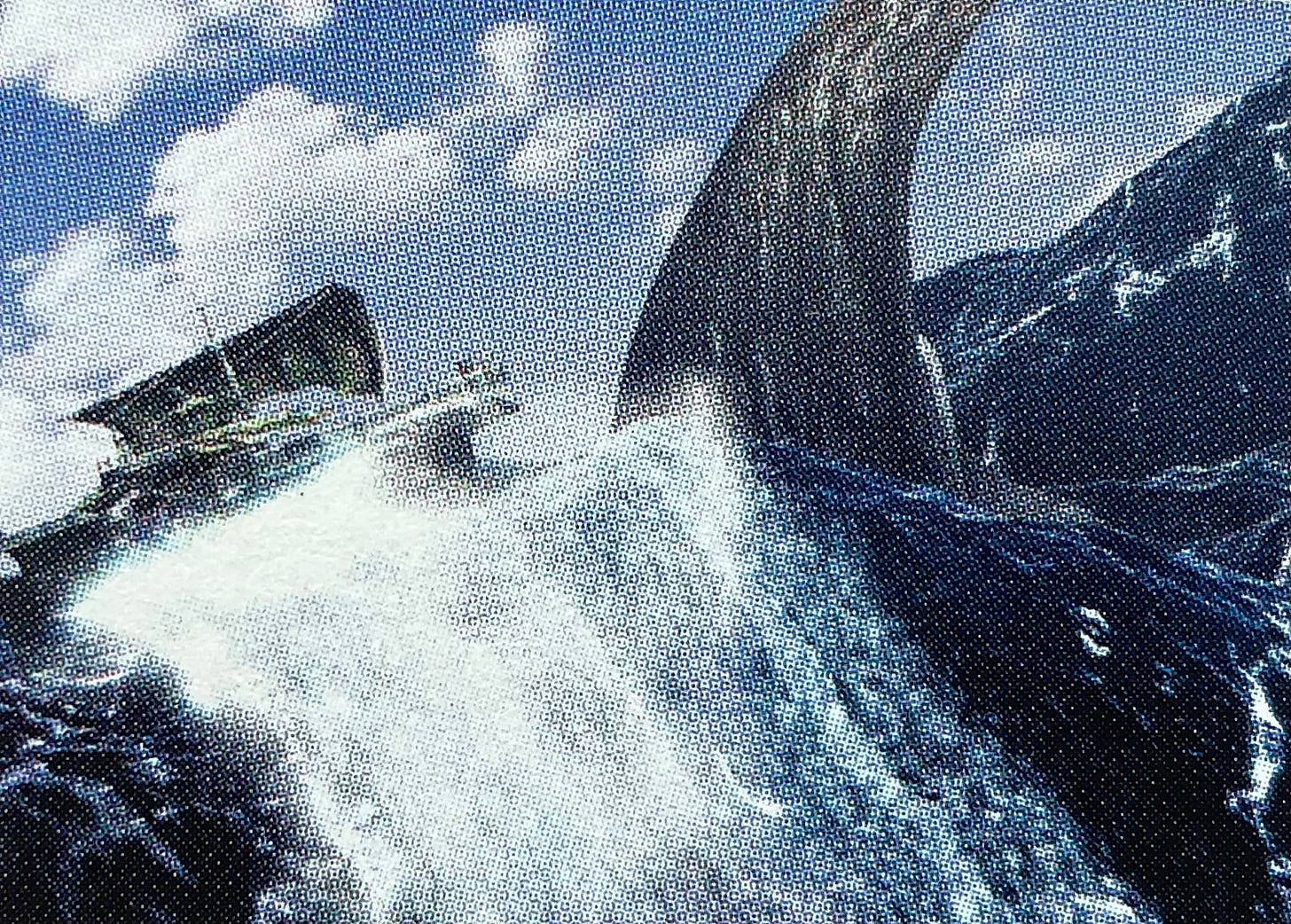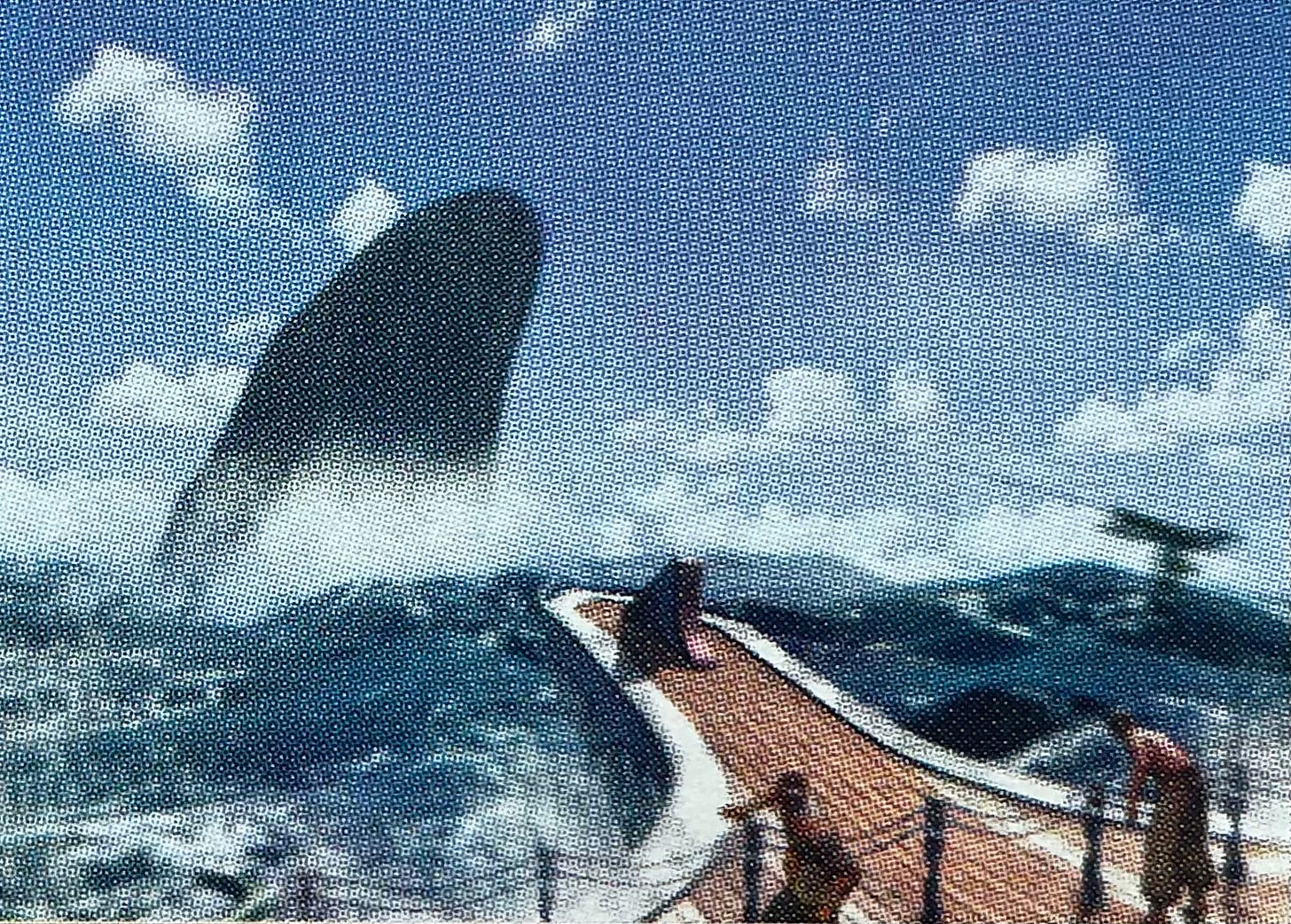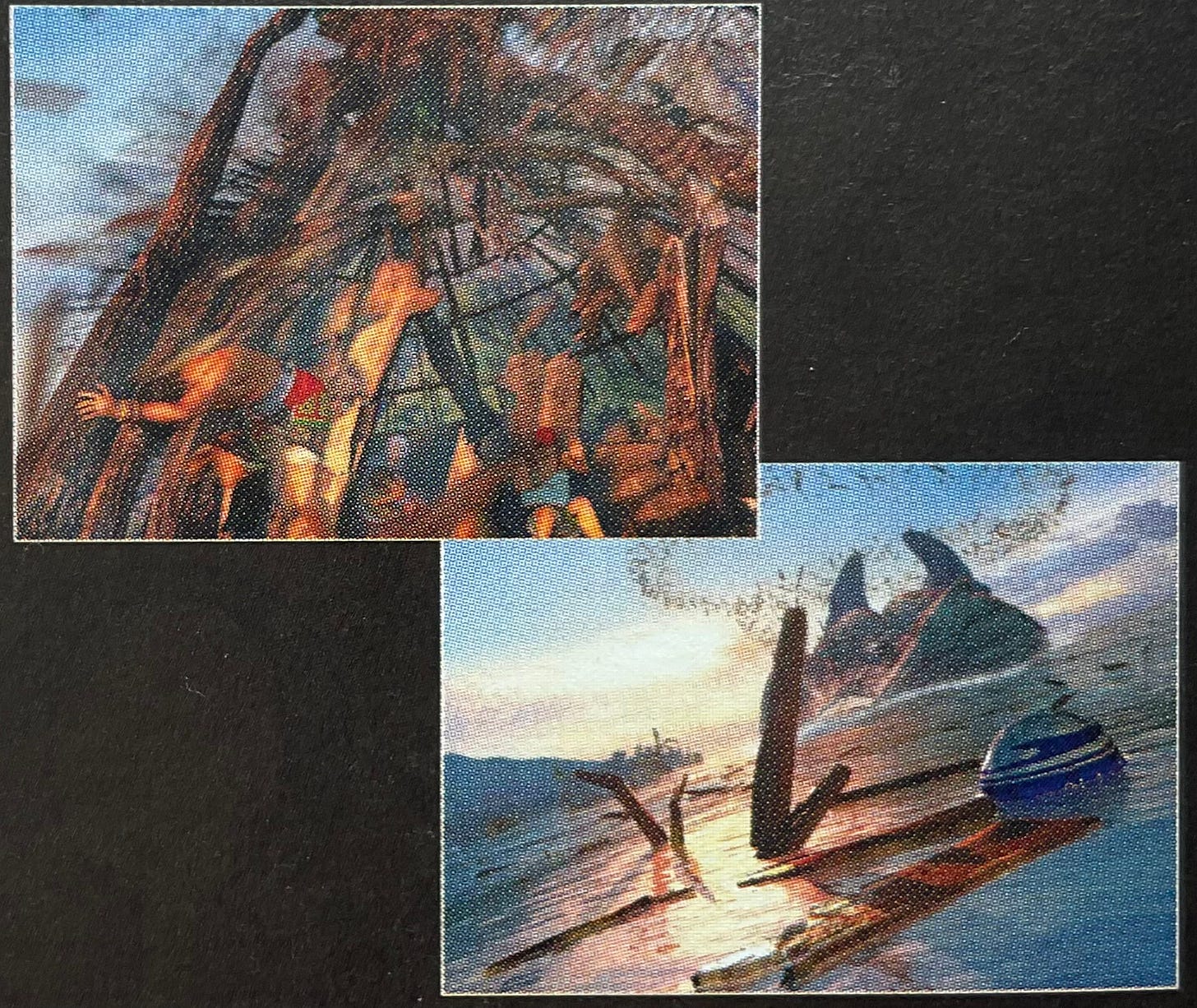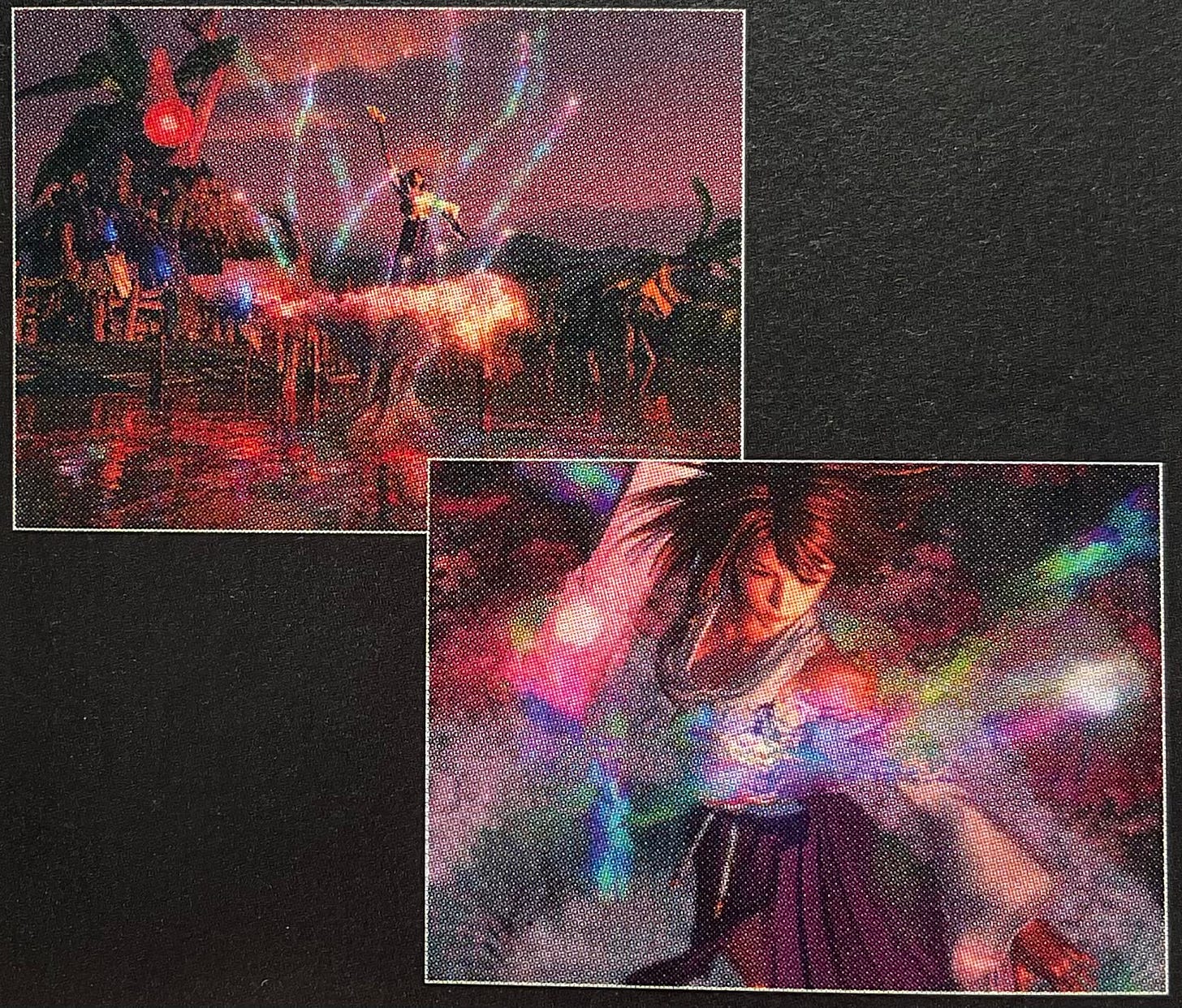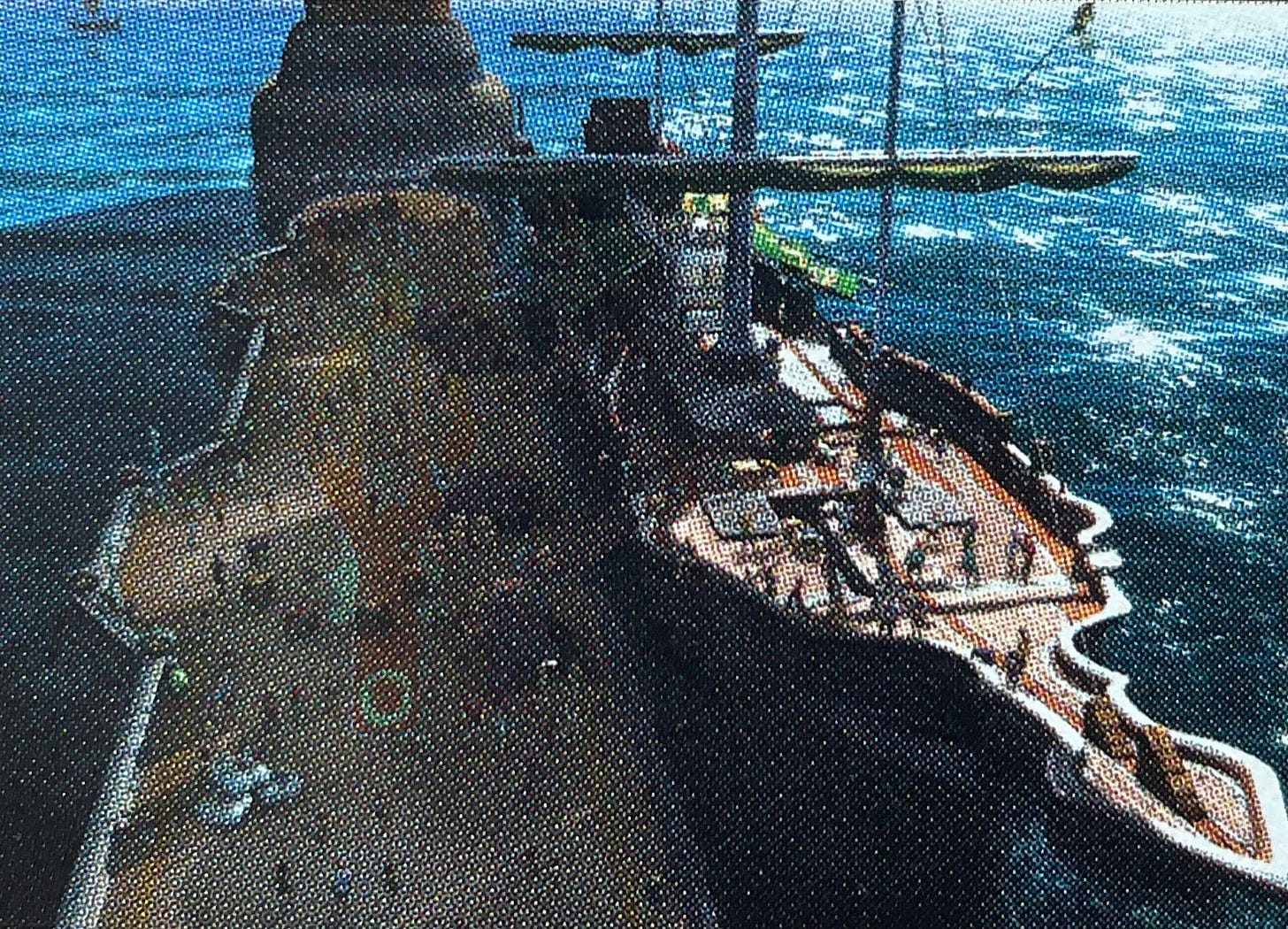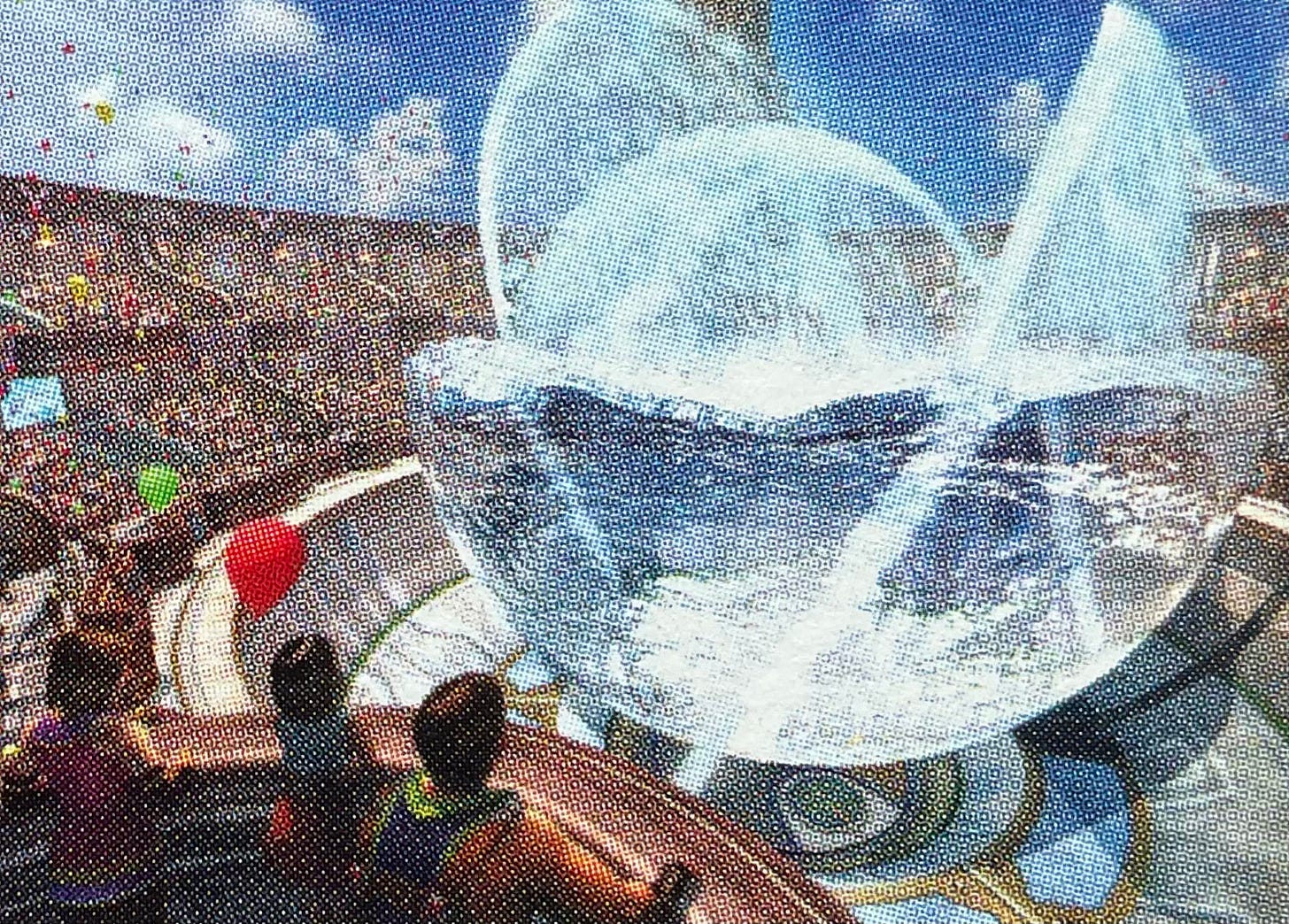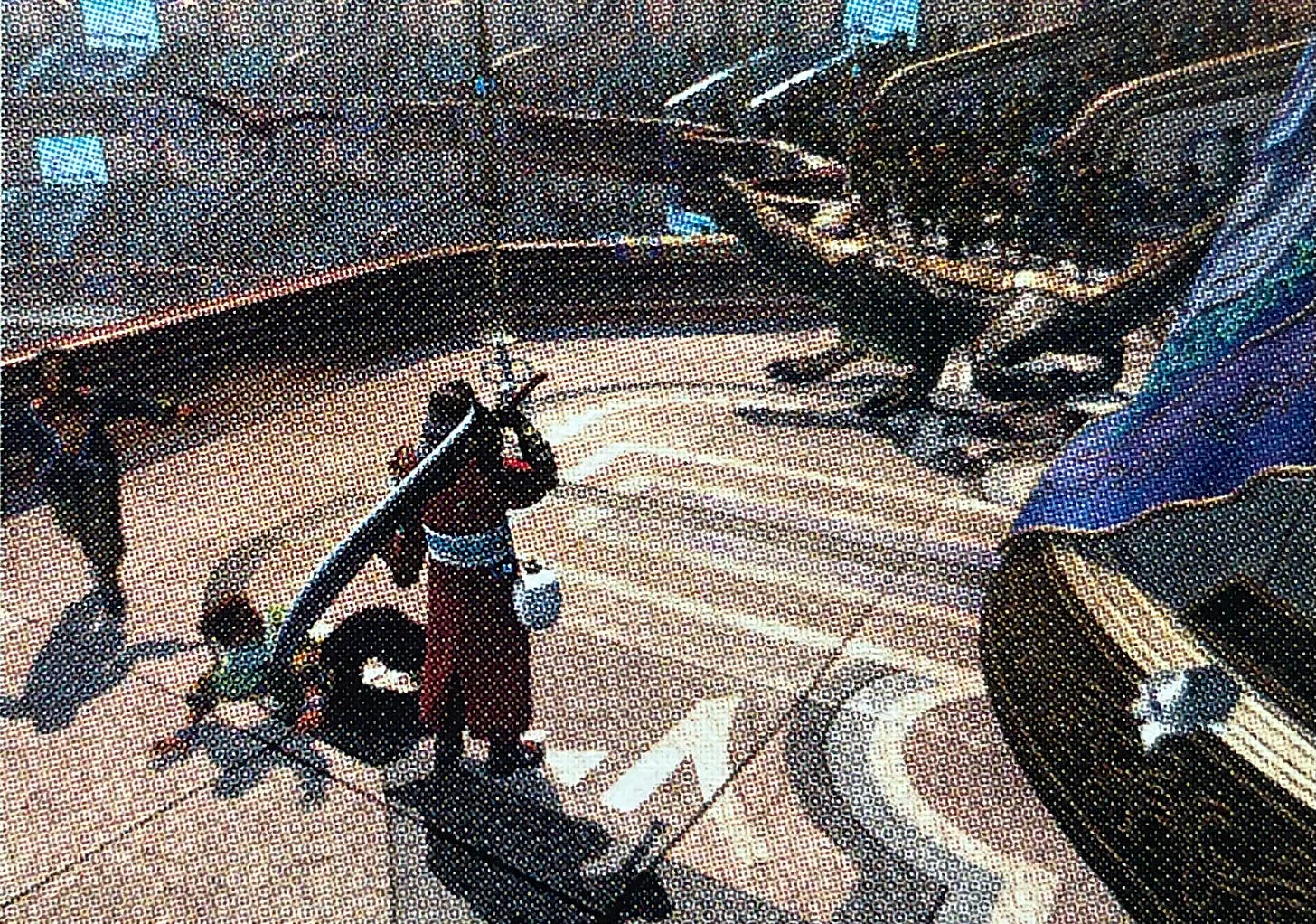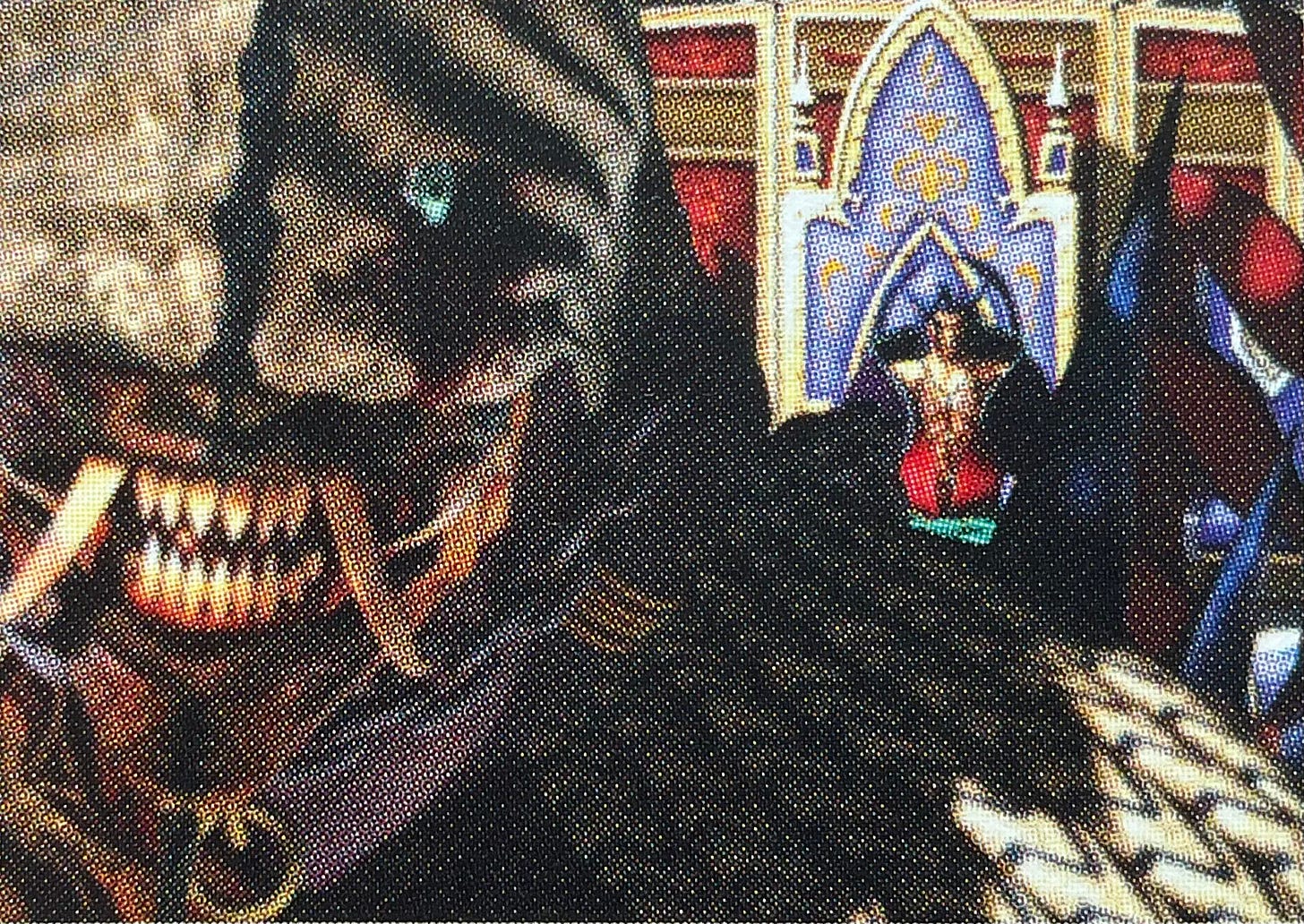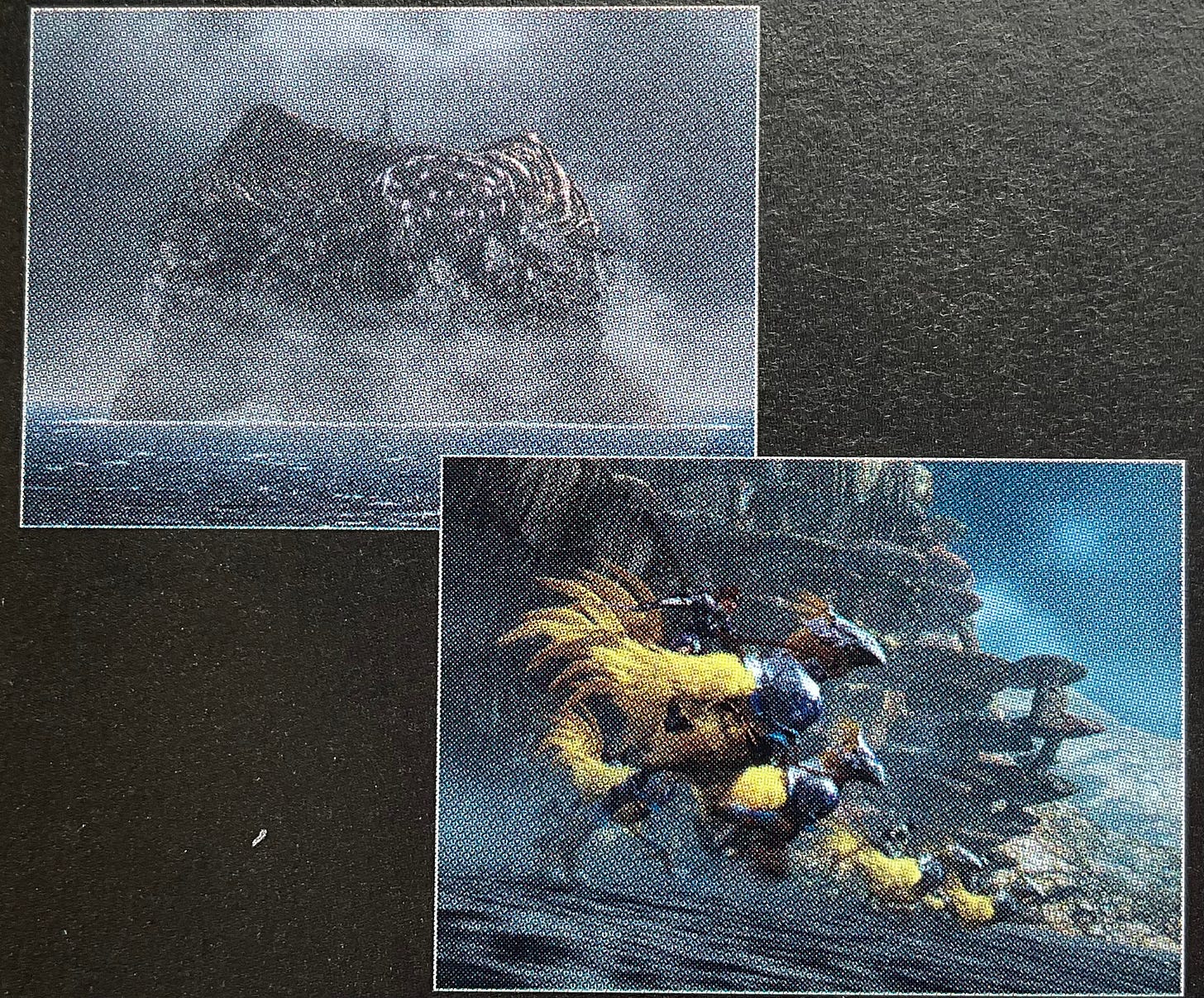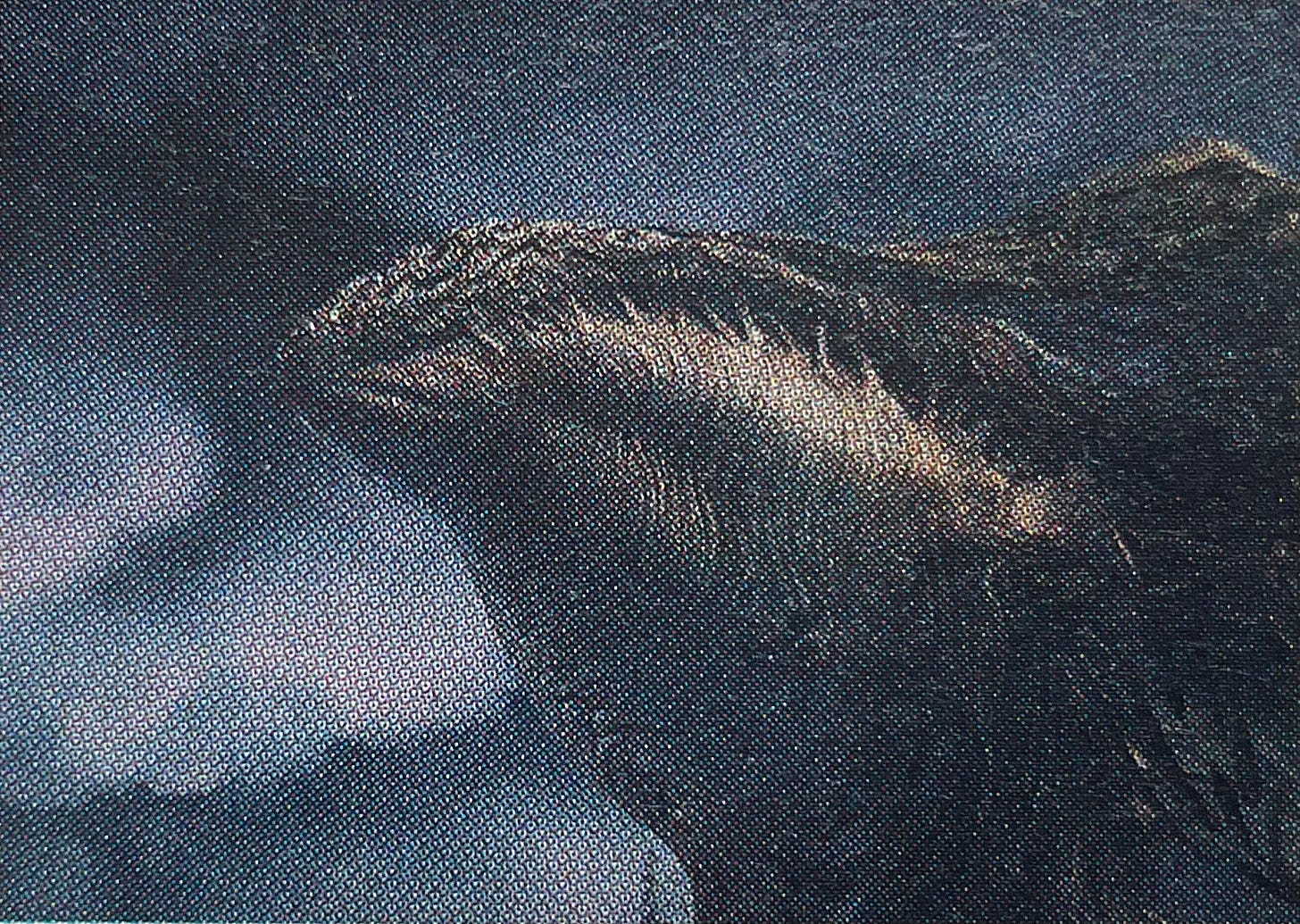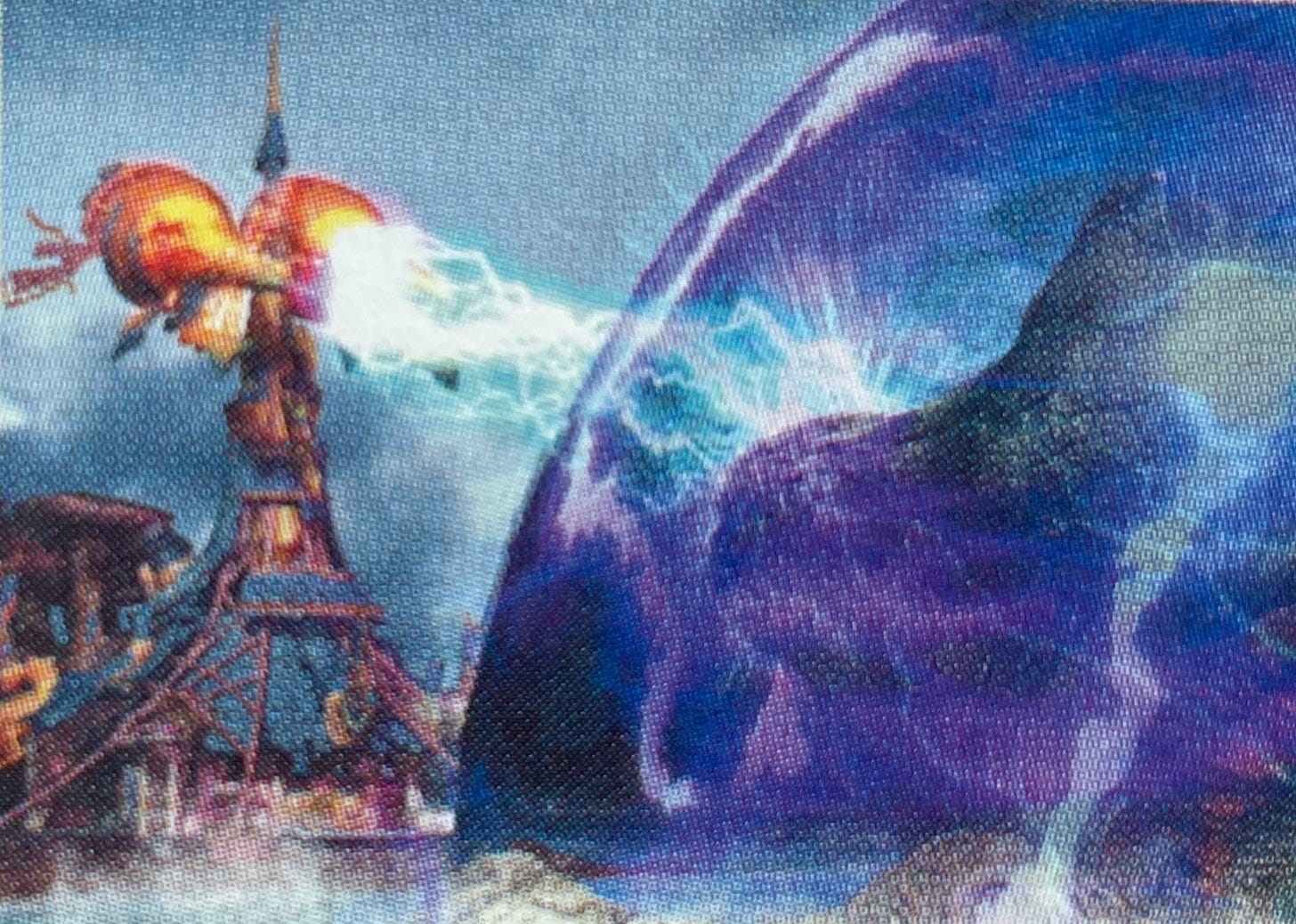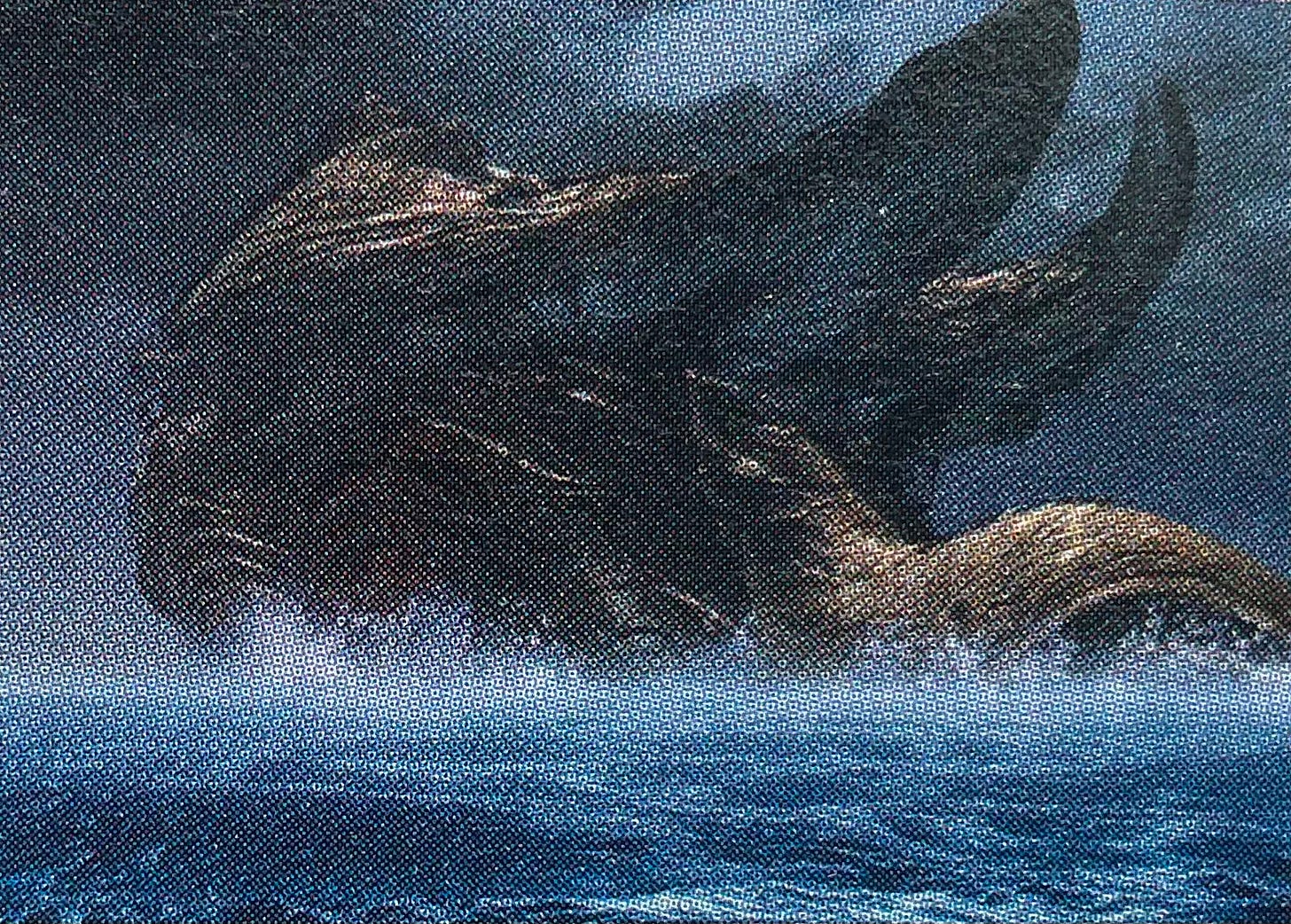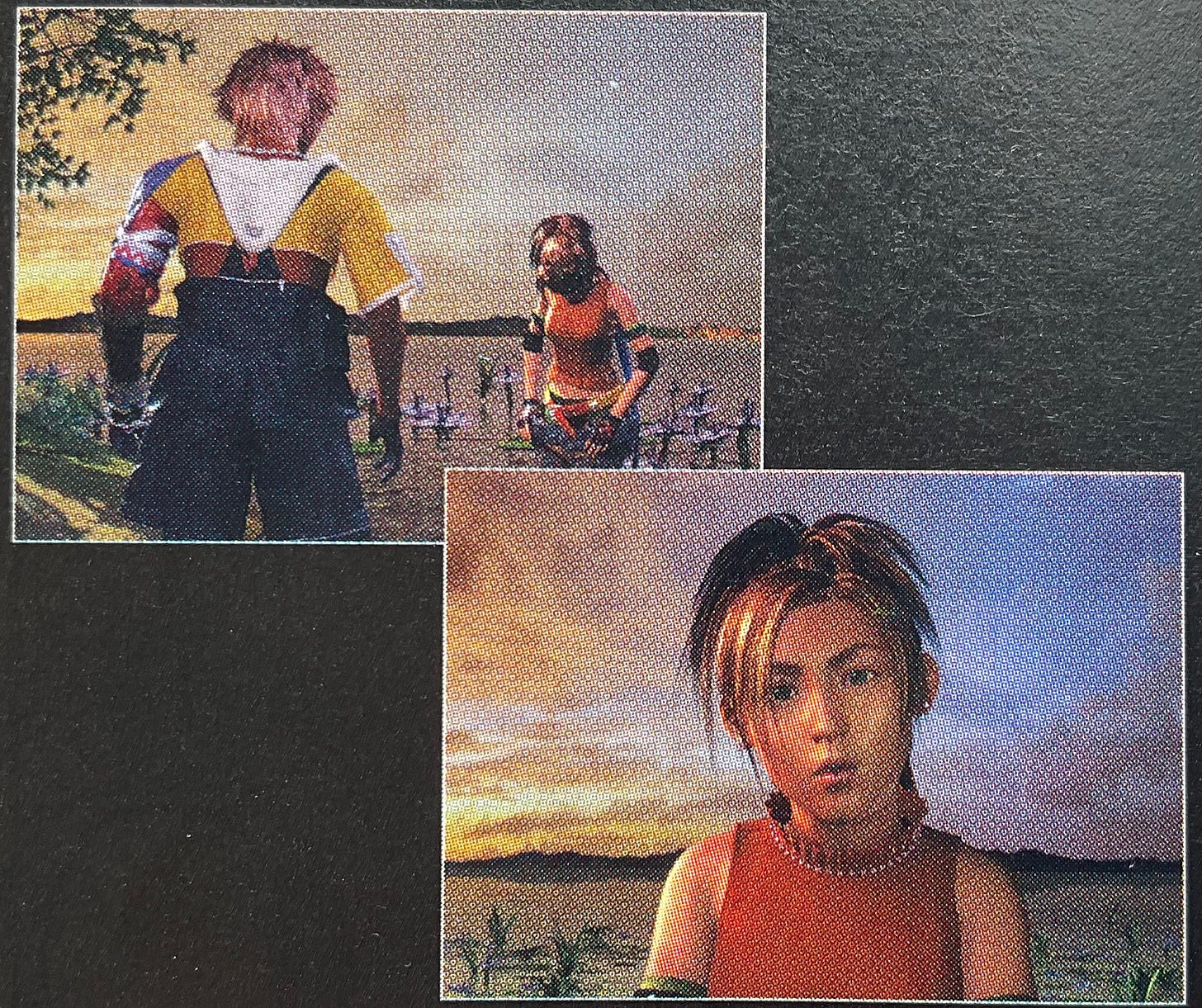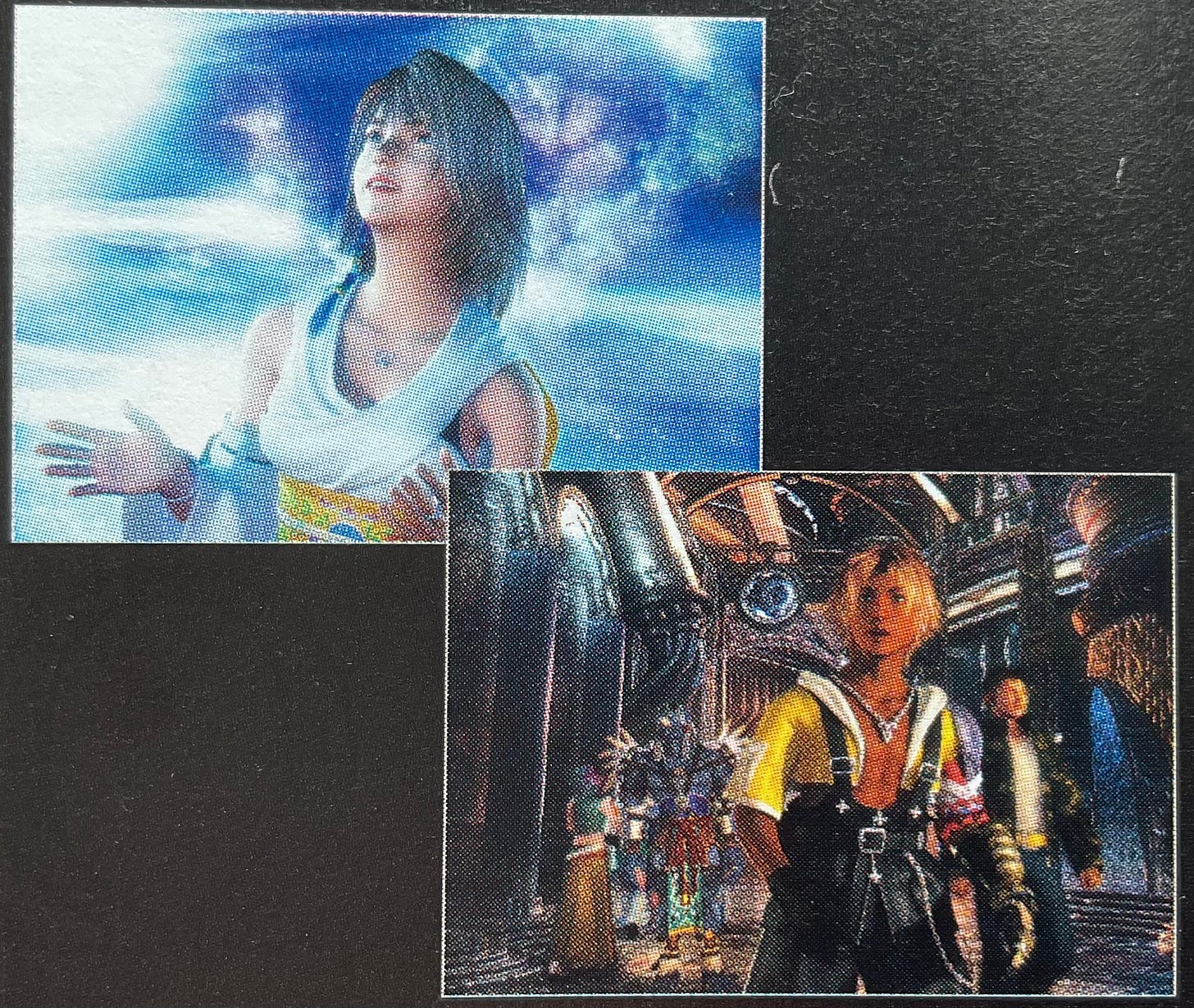Creator's Salon: Movie Team, Part 1
"Members of the Scenario, Sound, Movie, and Graphic teams shared their experiences working on their respective parts. Enjoy the many episodes that have never been revealed before."
We had four representatives from the staff who created the dramatic movies of this work passionately discuss all 53 movies. Additionally, each movie is numbered per the movie number at the Luca Theater.
◆ From left to right: Hiroshi Kuwahara (Movie Director), Toshiaki Matsumura (Supervised character modeling and facial motions), Kei Miyamoto (Supervised character rigging), Kazuyuki Ikumori (Background Supervision) [Titles omitted]
01: Zanarkand
Kuwahara: Blitzball is a fictional sport, so we had a hard time making it look realistic or believable.
Miyamoto: Blitzball is played in water, isn't it? When moving around in water, you can't capture (the technology to capture human movements and turn them into data), so you have to input all the data by hand. That was also a lot of work.
Ikumori: For backgrounds, the parts that need to be created are the most extensive in terms of screen area, so it’s challenging for any movie. Moreover, when starting production, the image of the setting is usually not fully established, so we gradually create it while discussing with designers and planners. Therefore, it’s not uncommon for the final result to be different from the initial concept... Zanarkand in this movie, too, changed significantly from the initial image.
02: We Called It “Sin”
Kuwahara: Initially, the opening consisted of just one continuous movie combining "Zanarkand" and "This Is It!" The place where Tidus is absorbed by Sin was also above the stadium. However, during development, an event was inserted between the two movies, resulting in the addition of movies 02 and 03, and the location where Tidus is absorbed was changed to above the freeway.
03: Sinspawn
Kuwahara: The movement of the fragments of Sin flying away was created using particle simulation. Particles are a 3D-CGI technology used to handle the movement of particles, suitable for depicting things like water splashes and explosions. After creating the random movement of particles, we attached the fragments of Sin objects to each particle.
04: This Is It!
Kuwahara: No special technology was used, but it was a memorable experience because it was completed just in time at the very last moment. In this movie, where Tidus and Auron are absorbed, they are being pulled into the belly of Sin. Sin’s belly has a round crater-like hole, and they are being sucked into it.
Ikumori: I remember only the frustration of having so many things to create, like buildings and debris (laughs).
05: Blitzball!
Kuwahara: At first, the ball Tidus had flew around scattering light effects, but I got tired of the fancy look, so in the end I removed the effects and just made the ball fly normally.
06: A Summoner Is Born
Kuwahara: This movie was taking shape fairly early, but since it was an important scene introducing the heroine for the first time, we kept adjusting it until the end.
Matsumura: When adding expressions to the characters, we were careful to ensure that their expressions did not become too similar. Another point was to avoid changing the face's image depending on the staff handling it. To address these issues, we implemented a parameter system to control expressions. Specifically, basic actions like opening the mouth, lifting the cheeks, or closing the eyes are standardized for all characters, as basic movements are the same for everyone. However, detailed muscle movements differ between people— for instance, someone who laughs often will have more muscle concentration in that area. We set these kinds of parameters for each character to highlight their unique features while preventing subtle changes in expressions depending on who worked on them.
Kuwahara: Because of the detailed data, the adjustments were challenging. But it was worth the effort, as Yuna's reception was positive, which was a relief. Also, one thing to note in this movie is the expression of sweat. There’s a single drop of sweat, and such expressions are incorporated throughout FFX.
07: Lulu’s Contempt
Kuwahara: The highlight of this movie is definitely Lulu. The synchronization of her mouth movements with her voice is notable. Initially, the concept was to show Lulu's chest before her face, but it seemed a bit suggestive, so we decided to make it more subtle and smooth.
Matsumura: Apart from the tools used to add expressions, there is a lip-sync tool that synchronizes the character's mouth movements with the voice data. We wanted to ensure precise synchronization of mouth movements and voice, so we had a programmer create this tool. However, using the output data as-is wasn’t sufficient; it required fine-tuning to make it look natural. Ultimately, how well this was achieved depended on the skill of the staff finishing the movie.
Miyamoto: Also, the person responsible for Lulu’s setup (making the character’s polygon model movable) was very particular about the movement of the skirt's belt. The belt was set so that it never intersects with other belts when it moved. Despite this meticulous setup, Lulu only appears in close-up in this scene (laughs). Additionally, there was a particular focus on the movement of the hairpin, with all parts being simulated and continuously adjusted during development.
08: Kimahri’s Challenge
Kuwahara: We struggled quite a bit to achieve the right texture for Kimahri. Another challenge was Tidus's expression when Kimahri appears. Mr. Toriyama (Event Director) commented, “It looks like a foolish face,” so we had to revise it multiple times (laughs).
09: Fear On The Sea
Ikumori: This series of movies is the result of the “Sea Team” research, right?
Kuwahara: It was decided from the beginning that there would be sea scenes, so we formed the “Sea Team” early in the project and continued to research various expressions. The results are applied not only to the sea but also to other water-related effects like sweat and tears.
10: Sin Arises
Ikumori: This is the result of the “Sin Team” (laughs).
Kuwahara: Besides the team responsible for creating summon beasts and monsters, we also formed a team specifically for Sin. For the first time, we created physical models, and the same people who made these also handled CG modeling.
Miyamoto: The bone setup (rigging) for Sin was done by the “Sin Team” throughout the entire movie. For instance, making Sin’s mouth open in scenes like “Terra Graviton Launch” was particularly challenging.
11: Sin’s Threat
Kuwahara: In the scene where the ferry Riki is attacked by Sin, the screen frequently switches between real-time polygons and movie sequences. This was possible due to the increased performance of the PS2 hardware. The difference in appearance between movies and real-time polygons has narrowed compared to before, and switching between them can be done instantly without reloading data. However, the smoothness of the transition is thanks to the skill of the person who assembled the event.
12: Futile Resistance
Kuwahara: This movie was dragged out until the very end of development to achieve realistic water movements. By the way, there's a scene where Tidus reaches out. He’s trying to help a crew member who is falling from the ship, but Mr. Kitase (Director Yoshinori Kitase) was very particular about how the crew member should fall, wanting it to be “dynamic, being thrown from the foreground to the background” (laughs). In the end, due to the interaction with the water splashes, it didn’t work out as well as hoped and ended up being a bit subdued. On top of that, the crew member is almost completely obscured by the water splashes (laughs).
13: Failure
Matsumura: For the water splash effects, we created many different layers of images and then combined them like traditional cel animation to produce the final image. We used over 100 layers for each cut.
14: Kilika Dusk
Kuwahara: Since Mr. Kitase wanted to depict human death head-on this time, we portrayed “tragedy” more explicitly than ever in the Final Fantasy series. However, we had to be careful not to go too far and risk the game being labeled as overly extreme in its expressions.
15: The Dance
Kuwahara: Initially, Yuna was wearing shoes, but we wondered if it was appropriate for her to walk over the dead in shoes, so we decided to make her barefoot. The choreography for the Farplane sending dance was created by a specialized choreographer.
Miyamoto: Until FFX, characters couldn’t move their arms over their shoulders. When raising the arms, we had to prepare separate graphics for that. This time, because we properly incorporated the shoulder blades into the model, characters can now move their arms normally. The shoulder blades have three joint connections, so integrating them into the character model is quite a sophisticated technique... though once you put clothes on the character, the body structure isn't as visible.
Kuwahara: A challenging part was the scene where Yuna is on the water, and it rises up. The person in charge was struggling to represent the highly realistic water movements. We used a shader developed by the Sea Team (a tool to enhance texture by adding shading to polygons), but since it was different from the rough waves, we approached it differently than when creating the sea.
16: Luca Harbor
Kuwahara: This is a movie with a very high population density. The characters in this game have quite different outfits depending on where they live, so it’s challenging to reuse models created for crowd scenes in one movie for another. However, redoing everything from scratch would be endless, so we cleverly work around it (laughs). Oh, and the crowd exhibits various actions, including some people fighting, so if you have time, try to find them.
17: Let The Games Begin!
Kuwahara: At the storyboarding stage, I thought it was interesting. The idea of water accumulating like that was unique. By the way, the splash effects seen early on are an application of the sweat technology used in 06 “A Summoner Is Born.”
18: The Legend Lives
Kuwahara: Actually, I’m in the midst of the fleeing crowd (laughs). The modeling staff included a character with my face without realizing it, even though they used proper Spiran clothing. The person who stumbles and runs away when Vivre appears is supposed to be me... I was really surprised when I saw it.
Matsumura: It seems that because of this movie, there’s a discussion about whether Auron is taking care of his underarm hair.
Kuwahara: From the start, it was specified that Auron wouldn’t have underarm hair. I suggested to Nomura-san (character designer Tetsuya Nomura), “Wouldn’t it be better for a guy like him to have some?” He replied, “But there are pro wrestlers who don’t have underarm hair.” At the time, it made sense, but looking back, it might have been better to include it. It would probably have been the world’s first underarm hair movie scene (laughs).
Matsumura: But if he raised his arm and had a bunch of underarm hair, it would definitely make us laugh (laughs).
19: The Dark Aeon
Kuwahara: There was some concern expressed about the blood in the scene where blood is coming from the eyes. By the way, the flowing blood was drawn frame by frame by hand.
20: No Better Plan
Kuwahara: What I’d like you to see is the movement of the striped patterns on Sin’s surface. The design of Sin is such that it envelops itself in patterns like that when it appears.
Matsumura: In the early stages, there was an idea to have corpses embedded in Sin’s surface. It wouldn’t be visible from a distance, but you’d see the embedded corpses up close.
21: Judgment
Kuwahara: This movie also aimed to depict human death directly, similar to 14 “Kilika Dusk.” In the end, we opted for a safer approach, using silhouettes reminiscent of the anime Hokuto no Ken (Fist of the North Star) (laughs). The initial order was to show people being twisted and torn apart due to gravity waves.
22: Ex Machina
Kuwahara: The scene where the lightning cannon used in Operation Mi’ihen collides with Sin’s barrier might be the one with the most optical effects in this work. The initial impact effects were hand-drawn frame by frame by Naoyoshi-san (Art Director Yusuke Naoyoshi). For effects, sometimes hand-drawing can look better when done by skilled artists.
23: Sin’s Wake
Kuwahara: It’s a bit hard to see, but after attacking, Sin wraps itself in the striped patterns again as it returns to the sea. Those patterns are also hand-drawn.
24: Reunion
Matsumura: Showing backlighting was challenging. We had to match this movie with the event scenes that were created before it, but... we were pressed for time and it was tough.
25: Metropolis
Ikumori: Actually, the Zanarkand shown in this movie was created earlier than the Zanarkand in the opening movie. So, if you compare the two, you’ll notice quite different elements. Well, this one is specifically Zanarkand from 1000 years ago (laughs).


